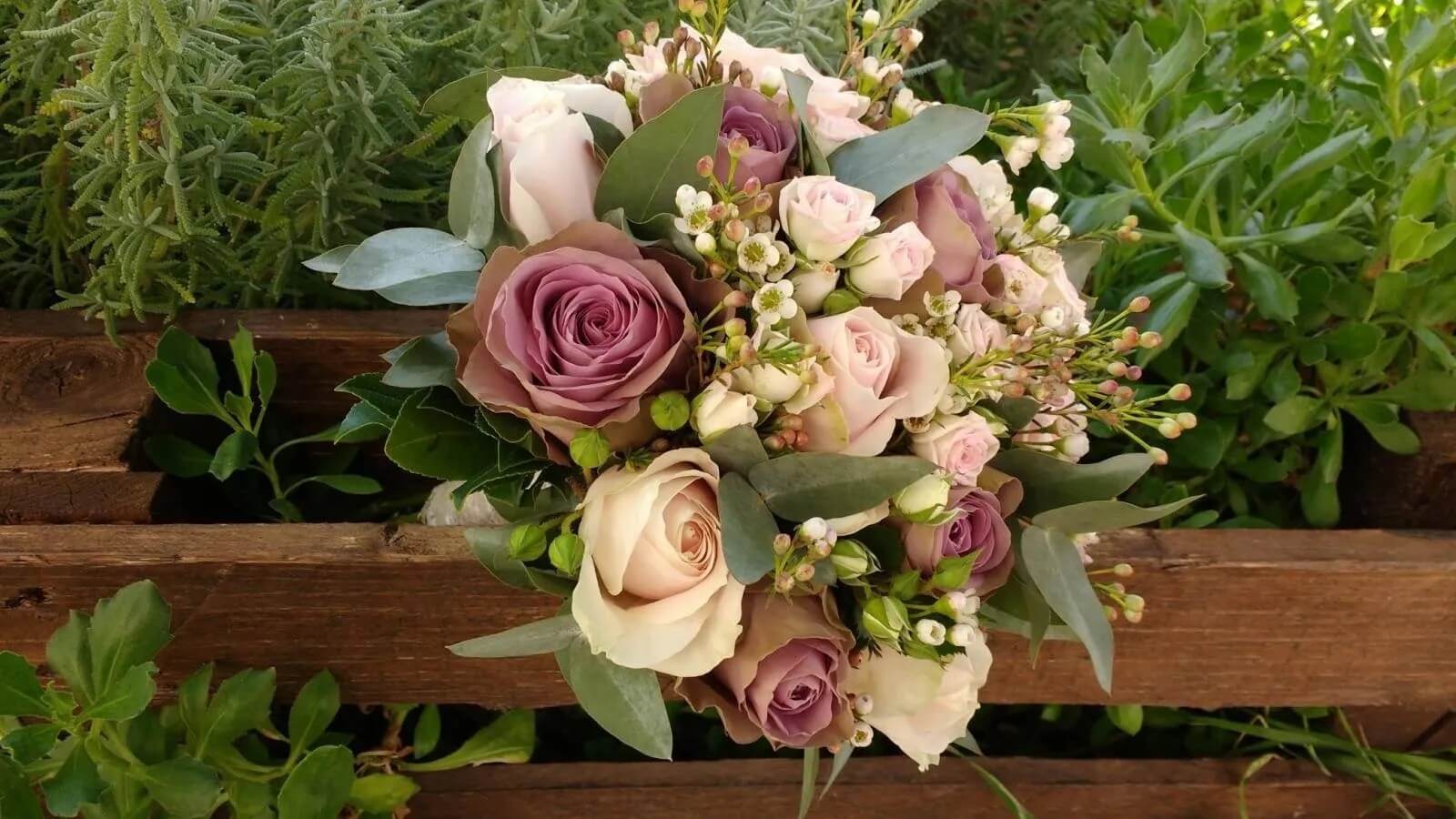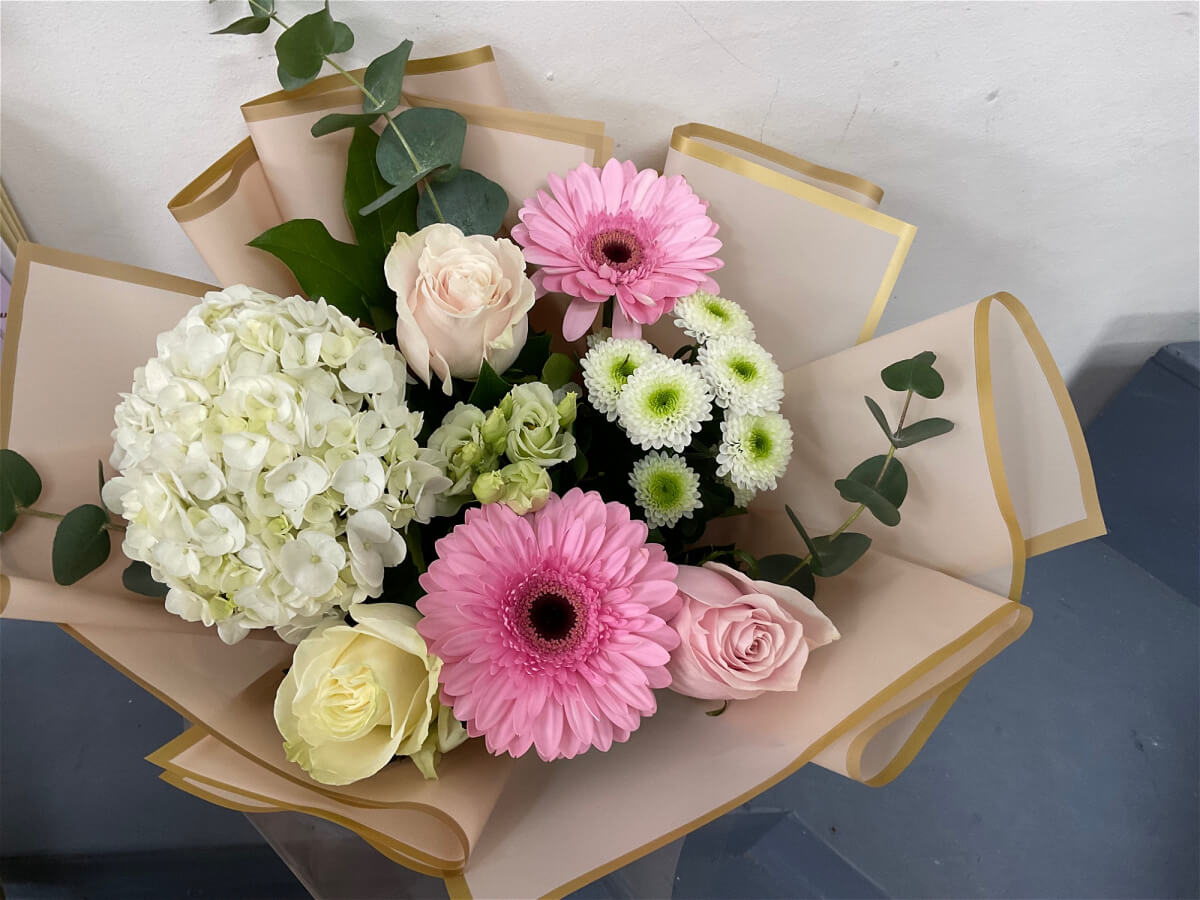Walk through a sun-drenched garden, and one flower seems to carry the light on its own—the marigold. With its fiery petals glowing in shades of saffron, gold, tangerine, and copper, the marigold doesn’t just bloom—it blazes. Cheerful yet sacred, humble yet powerful, this bold flower has far more to offer than its sunny demeanor might suggest.
While roses have long held court as the symbol of romance and classic beauty, marigolds tell a different tale. Their story is rooted in ritual, myth, medicine, and memory, especially in cultures where flowers don’t just decorate—they speak.
Let’s delve into the vibrant world of marigolds, uncovering the symbolism, varieties, and traditions that make this bloom one of the most beloved and culturally rich flowers on earth.
Introduction: The Flame of the Garden
Marigolds—members of the genus Tagetes—are often the first to catch your eye in a summer garden. Their warm hues mimic the sun itself, and their scent, though a bit earthy and strong for some, has a grounding familiarity.
But don’t let their cheerful color fool you. Beneath those layers of petals lies a flower steeped in history, symbolism, and spiritual importance.
Unlike the rose, which has come to represent the personal—romantic love, longing, beauty—the marigold often symbolizes the collective: the rituals of life and death, cultural continuity, the cycles of nature and rebirth. In many traditions, especially in South Asia and Latin America, marigolds are more than decoration—they’re vessels of meaning.
Symbolism: From Offerings to Ancestors
India: A Garland for the Gods
In Indian culture, marigolds are considered auspicious and sacred. You’ll find them strung into garlands and draped over deities in temples, hung above doorways during festivals, and worn at weddings. They are known as “the flower of the sun,” symbolizing passion, creativity, and divine blessings.
During Diwali, marigolds are used to decorate homes and altars to invite prosperity. Their vibrant color is thought to represent inner light and spiritual truth, standing in sharp contrast to the darkness of ignorance.
They are also key in traditional medicine, where they are used in Ayurvedic practices for their anti-inflammatory and antiseptic properties.
Mexico: The Soul’s Pathway in Día de los Muertos
In Mexican culture, especially during Día de los Muertos (Day of the Dead), marigolds take center stage. Known as “cempasúchil” in Nahuatl, the Aztec language, marigolds are believed to guide the spirits of the departed back to their loved ones through their vibrant color and strong scent.
Families build ofrendas (altars) adorned with marigolds, candles, food, and photos of ancestors. Paths of petals are often laid to lead souls home. In this way, marigolds symbolize remembrance, connection, and the cyclical nature of life and death.
European Folklore and Christian Symbolism
In parts of Europe, marigolds were associated with the Virgin Mary, earning them the name “Mary’s Gold.” They were used in religious festivals and considered a symbol of devotion and humility. In medieval gardens, marigolds were planted near homes for protection against plague and evil spirits.
So while the rose may speak to the heart, the marigold speaks to the soul, the community, and the sacred.
See more: Best Florists in Mosman for Same-Day Flower Delivery
Varieties: A Riot of Color and Form
Though marigolds might seem straightforward at a glance, they actually include a range of species and hybrids, each with its own character and charm.
1. African Marigolds (Tagetes erecta)
- Also called Aztec marigolds or Mexican marigolds.
- Tall and bold, with large pom-pom style flowers.
- Often used in large displays and traditional ceremonies.
- Brilliant shades of yellow and orange dominate this species.
2. French Marigolds (Tagetes patula)
- Smaller and more compact than African marigolds.
- Highly decorative and long-blooming.
- Available in bicolors—orange and mahogany, golden yellow with red tips.
- Ideal for borders, containers, and companion planting.
3. Signet Marigolds (Tagetes tenuifolia)
- Delicate, ferny foliage and small, single blooms.
- Edible and citrus-scented—used in teas and salads.
- Highly attractive to pollinators.
4. Calendula (Pot Marigold)
- Technically not a Tagetes marigold, but often grouped with them.
- Known for soothing skin care properties.
- Petals used in salves, teas, and tinctures.
- Pale orange to deep gold in color.
From tall garden sentinels to delicate edible herbs, marigolds have more versatility than they’re often credited for.

Global Bloom: Marigolds Around the World
Few flowers are as universally appreciated as marigolds.
- In Nepal, marigolds are integral to Tihar, a five-day festival similar to Diwali, where they honor gods, animals, and ancestors.
- In Thailand and Indonesia, marigolds are used in offerings and temple rituals to honor ancestors and attract good karma.
- In Caribbean and African diasporic traditions, marigolds appear in spiritual and folk healing practices.
- In the United States and Europe, marigolds are garden staples for their hardiness, pest-repelling properties, and low-maintenance beauty.
Their ability to thrive in diverse climates makes them a global favorite. They bloom with equal grace in humble gardens and sacred rituals.
Marigolds in the Garden: Beauty Meets Utility
As much as they shine in cultural traditions, marigolds are also incredibly practical for the modern gardener.
1. Pest Control
Marigolds are known to repel aphids, whiteflies, and nematodes. When planted alongside vegetables like tomatoes and peppers, they help protect crops organically.
2. Pollinator Friendly
Bees and butterflies love marigolds, especially single-petal varieties like the signet. They’re a great way to support your local ecosystem.
3. Easy to Grow
Marigolds thrive in full sun, don’t mind poor soil, and bloom from spring through frost. They’re the kind of flower that gives back with very little asking.
Just scatter some seeds, water regularly, and watch as golden joy fills your space.
Timeless Elegance in Culture and Craft
Marigolds may not carry the same aristocratic allure as roses, but they’ve inspired folk art, festivals, and poetry for centuries.
In Mexican folk art, marigolds appear on ceramic skulls, paper banners, and altar decorations. In Indian weddings, marigold garlands symbolize joy, prosperity, and spiritual harmony.
Even in contemporary design, marigold motifs appear in fashion prints, textiles, and natural dyeing—especially in South Asian and Indigenous traditions. Their vibrant orange and yellow hues are often considered auspicious and energetic.
“A marigold is a little sun, reminding us that even in endings, there’s warmth, light, and memory.”
Conclusion: More Than Just a Pretty Petal
Marigolds are flowers of ritual and resilience, color and connection. They teach us that beauty doesn’t have to be delicate to be meaningful. They remind us of the importance of roots—of traditions passed down, of seasons honored, of loved ones remembered.
While roses may symbolize the fire of passion, marigolds are the steady flame that guides, protects, and celebrates. They are the storytellers of the flower world—bright, accessible, deeply woven into human culture.
As a gardener, I find marigolds to be some of the most generous companions in the soil. They bloom reliably, ask for little, and seem to carry a quiet wisdom in every petal.
So next time you pass a bed of marigolds, pause. Look beyond the color. Listen. There’s a story in every bloom—a tradition, a prayer, a bit of sun captured in petal form.
“Marigolds don’t whisper—they sing. They hum with history, warmth, and the promise of another golden morning.”



